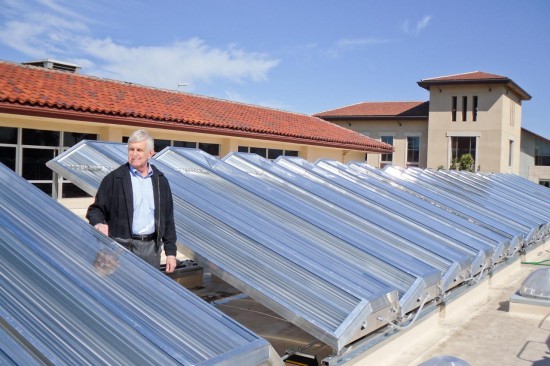
Few universities can claim to have a 1-megawatt solar PV system, a wind turbine, a 60-collector solar thermal system, and a smart microgrid system that monitors and regulates the campus energy sources. Santa Clara University isn’t afraid of experimenting with renewable, clean technology that will help it work towards achieving reduced energy consumption and climate neutrality.
Based in Santa Clara, California, Santa Clara University (SCU) is on its way to become the first university in the San Francisco Bay Area and the first Jesuit university in the United States to implement a smart microgrid system that will manage and optimize the production, storage, and consumption of its campus energy.
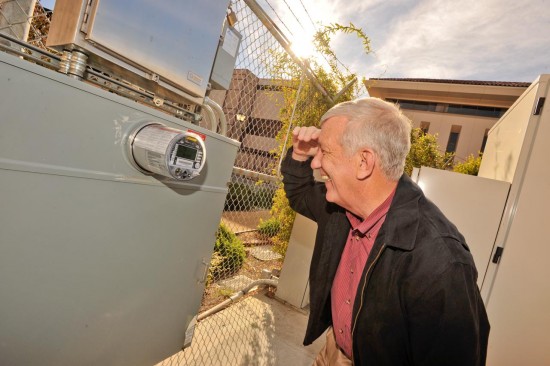
I recently had the opportunity to speak with Mr. Joe Sugg, the forward-thinking instigator of this project and the Assistant Vice President of University Operations. In 2006, the school performed a 20-year energy strategy study that looked at energy needs, reliability, sustainability, and the economics. Mr. Sugg and his team evaluated various energy opportunities with green and economic feasibility in mind. With top-down support from the university, the team concluded that the installation of a variety of infrastructure ultimately tied to a smart microgrid system would give them the best return on investment for its 106-acre campus in Silicon Valley.
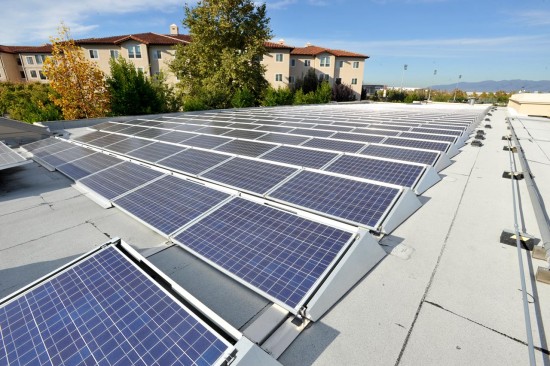
In the last five years, several infrastructural applications have come online to help SCU generate its own electricity and reduce its energy consumption through energy efficient building strategies.
- In October of 2010, SCU activated its 1-megawatt solar PV system which is currently the 13th largest solar installation among colleges and universities in the U.S. The solar panels are located on the roofs of the recreation center and parking structures. The system is estimated to annually produce 1.42 million-kW hours and provide about 9% of total campus electricity.
- Around the same time, a wind turbine was installed on the campus facilities building. The generated energy gets captured in a battery bank and used for charging the campus electrical vehicles. The wind turbine’s effectiveness and energy production are being carefully measured and monitored.
- In April of 2011, SCU turned on its 120- kW, 6,727- therms concentrating solar thermal system on its rooftops, the largest installation built in California. The system heats water to 200 degrees F for Benson Memorial Center’s dining services and will reduce its water-heating bills by as much as 70%. Chromasun Micro-Concentrator (MCT) solar collectors are used and were manufactured at a Chromasun facility in San Jose, California. The workforce at this facility includes former New United Motor Manufacturing, Inc. (NUMMI) autoworkers that were re-trained as solar manufacturing experts after the NUMMI facility closed.
- Energy efficient building strategies have been implemented throughout campus buildings. Upgrading to energy efficient mechanical systems help save energy. Occupancy sensors turn off light fixtures when people are no longer using the interior spaces. Air conditioning economizers draw fresh air from the outside rather than rely on energy intensive chillers. Buildings have been re-roofed to accommodate increased insulation. Excess energy is funneled to the parking lot lights.

All of these strategies have resulted in huge, positive impacts, enabling SCU to reduce energy usage and costs, and at the same time grow its campus size by 30%. Each system has recently been integrated with new sub-electrical meters installed within the campus’ fourteen buildings. The next step is the final implementation of connecting all the systems to the smart microgrid system and is expected to be completed at the end of this year.

The beauty of a microgrid system is that its intelligent energy management system can actively monitor every single hook up and provide online, real-time feedback. It can increase or decrease the supply load of energy based on demand and it also has a prioritization system of load shutting. SCU worked with Serious Energy, founded by a SCU alumnus, to develop a software/hardware package that can monitor the microgrid.
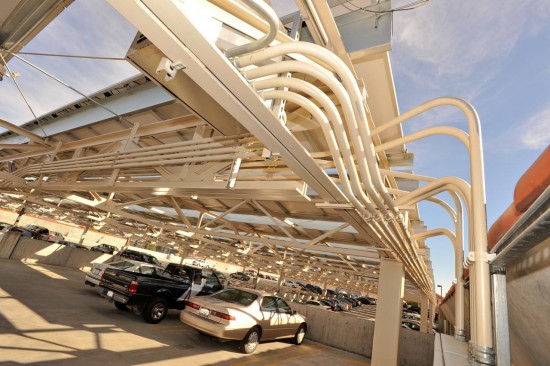
At the end of the day, the microgrid system should help Santa Clara University reduce energy consumption by 50% and save about 20% in operating costs. As with any type of project, the key is to monitor and measure results post-completion.
Mr. Sugg said that one of SCU’s sustainability goals is to “graduate students with awareness.” Bravo. Colleges and universities operate like small towns and have the capacity to influence and educate people. Think about the power of ten and what the impacts would be if all schools lead the way in developing awareness, self sufficiency, and sustainability.


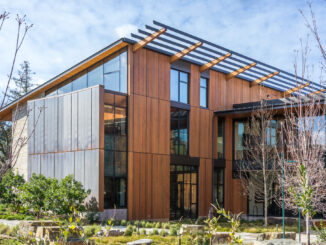


Be the first to comment